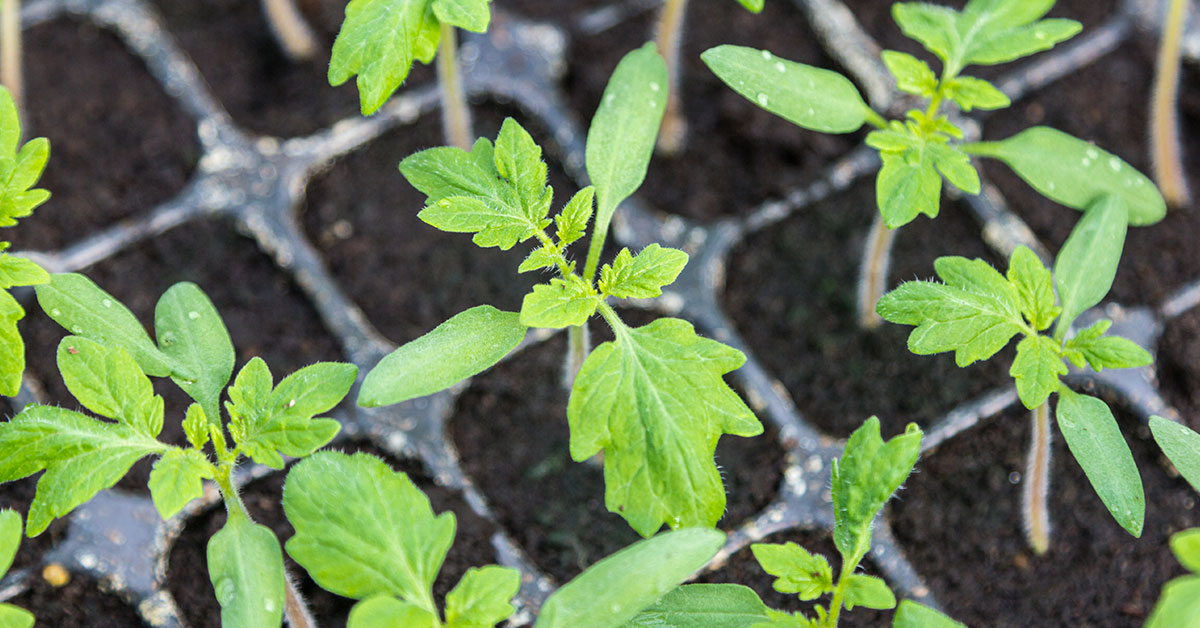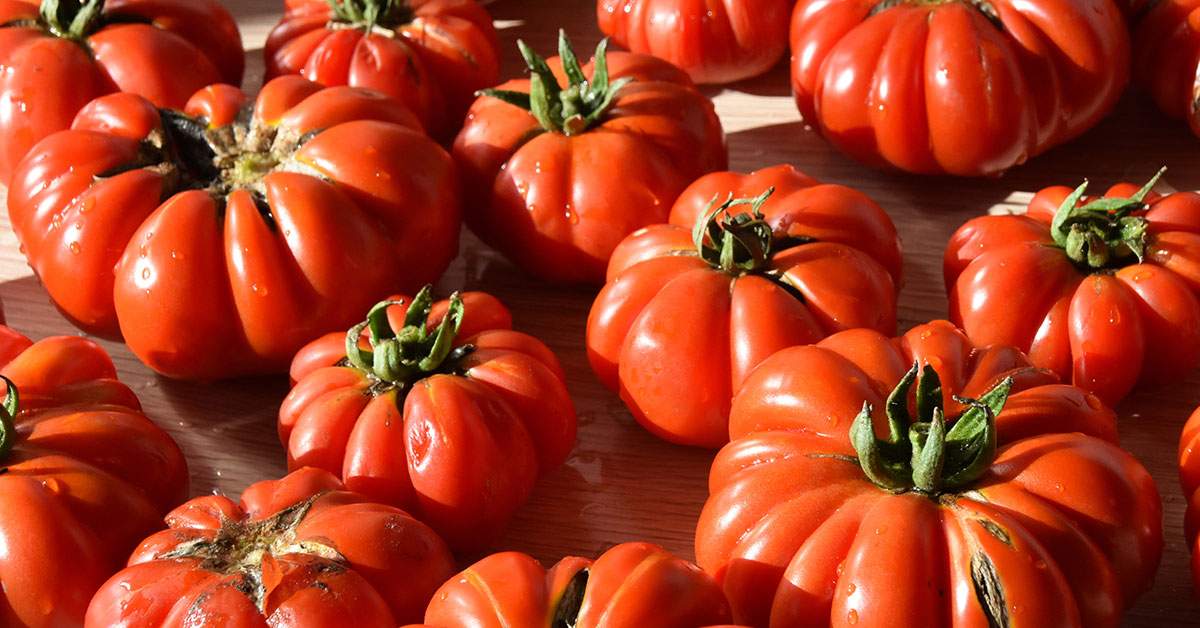Welcome to our comprehensive guide on the best tomatoes to grow in Zone 13! If you’re lucky enough to reside in this warm and tropical climate, you have the perfect conditions for cultivating a wide variety of delicious tomatoes. Zone 13, which includes regions with year-round warmth and minimal frost, offers an extended growing season that allows for a diverse range of tomato cultivars to thrive.
In this article, we will explore the top tomato varieties that are ideally suited for Zone 13, taking into consideration their heat tolerance, disease resistance, and overall flavor. Whether you’re a seasoned gardener or just starting out, get ready to discover the most exceptional tomatoes that will flourish in your Zone 13 garden!
The best tomatoes to grow in Zone 13
When it comes to growing tomatoes in Zone 13, selecting the right varieties is crucial for a successful harvest. The warm and tropical climate of this zone provides an excellent opportunity to cultivate a wide range of tomato varieties. However, it’s important to choose those that are best suited to the specific conditions of Zone 13. Here are ten **best tomatoes to grow in Zone 13** that are known for their adaptability and exceptional flavor:
- Cherokee Purple: This heirloom variety produces large, dusky purple fruits with a rich, sweet flavor. It thrives in warm climates and is highly resistant to diseases.
- Sun Gold: A popular cherry tomato, Sun Gold offers an explosion of sweet, tropical flavors. It is a prolific producer and adapts well to the heat of Zone 13.
- Brandywine: Known for its exceptional taste, Brandywine is a classic heirloom variety. Its large, pink fruits have a sweet and tangy flavor that is highly sought after by tomato enthusiasts.
- Black Krim: Another heirloom variety, Black Krim produces medium-sized fruits with a unique, smoky flavor. It is well-suited to the warm temperatures of Zone 13.
- Celebrity: Celebrity is a reliable hybrid tomato that thrives in hot climates. It produces medium-sized, disease-resistant fruits with a delicious, classic tomato flavor.
- Green Zebra: This distinctive variety features small, striped green fruits with a tangy flavor. Green Zebra is known for its heat tolerance and ability to thrive in Zone 13.
- Roma: Ideal for sauces and canning, Roma tomatoes are meaty and flavorful. They are highly productive and well-suited to the warm climate of Zone 13.
- Sweet 100: A popular cherry tomato, Sweet 100 produces clusters of small, sweet fruits. It is a vigorous grower and can withstand the heat of Zone 13.
- Yellow Pear: This unique tomato variety produces small, pear-shaped fruits with a sweet and mild flavor. It adds a pop of color to salads and is well-adapted to Zone 13.
- Early Girl: As the name suggests, Early Girl is an early-maturing tomato variety that performs well in warm climates. It produces medium-sized fruits with a balanced, tangy flavor.
These ten varieties are among the **best tomatoes to grow in Zone 13** due to their adaptability, disease resistance, and exceptional taste. Remember to provide your plants with adequate sunlight, water, and nutrients, and enjoy a bountiful harvest of delicious homegrown tomatoes.
Avoid growing these tomatoes in Zone 13
When it comes to growing tomatoes in Zone 13, it is important to choose varieties that are well-suited to the specific climate and conditions of this region. While there are many tomato varieties that thrive in Zone 13, there are also some that may not perform as well. Here are ten tomato varieties that are best avoided in Zone 13:
- Beefsteak: Beefsteak tomatoes are known for their large size and juicy flesh. However, they tend to take longer to mature, making them less suitable for the shorter growing season in Zone 13.
- Brandywine: Brandywine tomatoes are beloved for their rich flavor and heirloom status. However, they are also known for their long growing season, which may pose challenges in Zone 13.
- Black Krim: While Black Krim tomatoes have a unique and delicious flavor, they are not the best choice for Zone 13 due to their longer maturation period.
- Cherokee Purple: Another popular heirloom variety, Cherokee Purple tomatoes have a sweet and smoky flavor. However, their longer growing season may make them less suitable for Zone 13.
- Green Zebra: Green Zebra tomatoes are known for their tangy flavor and striking green stripes. However, they may struggle to ripen fully in the shorter growing season of Zone 13.
- Pineapple: Pineapple tomatoes have a sweet and tropical flavor, but their longer maturation period may make them challenging to grow in Zone 13.
- Brandy Boy: Brandy Boy tomatoes are a hybrid variety known for their excellent flavor and disease resistance. However, their longer growing season may make them less ideal for Zone 13.
- Big Rainbow: Big Rainbow tomatoes are visually stunning with their yellow and red streaked flesh. However, their longer maturation period may make them less suitable for Zone 13.
- Black Prince: Black Prince tomatoes have a rich and smoky flavor, but their longer growing season may pose challenges in Zone 13.
- Mortgage Lifter: Mortgage Lifter tomatoes are known for their large size and delicious taste. However, their longer maturation period may make them less suitable for Zone 13.
While these tomato varieties may not be the best choices for Zone 13, there are plenty of other options that are well-suited to this region. It is always recommended to choose tomato varieties that have shorter maturation periods and are specifically bred for warmer climates.
Tomato growing tips
When it comes to growing tomatoes in Zone 13, it is important to choose the best tomato varieties that are well-suited for the specific climate and conditions of this zone. Here are some tips and best practices to help you successfully grow tomatoes in Zone 13:
- Select the right tomato varieties: Opt for tomato varieties that are known to perform well in warm and humid climates. Look for varieties that have a shorter growing season, disease resistance, and heat tolerance. Some recommended varieties for Zone 13 include ‘Sun Gold’, ‘Celebrity’, ‘Cherokee Purple’, ‘Brandywine’, and ‘Roma’.
- Start seeds indoors: To get a head start on the growing season, start tomato seeds indoors about 6-8 weeks before the last frost date in your area. Use a good quality seed starting mix and provide adequate light and warmth for the seedlings to thrive.
- Transplant at the right time: Once the danger of frost has passed and the soil has warmed up, usually around late spring or early summer in Zone 13, transplant your tomato seedlings into the garden. Ensure that the soil temperature is consistently above 60°F (15°C) for successful transplanting.
- Provide ample sunlight: Tomatoes require at least 6-8 hours of direct sunlight daily to produce the best harvest. Choose a sunny spot in your garden or use containers that can be moved to capture the maximum amount of sunlight.
- Prepare the soil: Prior to planting, prepare the soil by adding organic matter such as compost or well-rotted manure. This will improve soil fertility, drainage, and water retention. Aim for a slightly acidic soil pH between 6.0 and 6.8 for optimal tomato growth.
- Water consistently: Tomatoes need regular and consistent watering, especially during the hot and dry periods in Zone 13. Water deeply, ensuring the soil is evenly moist but not waterlogged. Avoid overhead watering to minimize the risk of fungal diseases.
- Mulch and provide support: Mulching around tomato plants helps conserve soil moisture, suppress weeds, and regulate soil temperature. Additionally, provide support for your tomato plants using stakes, cages, or trellises to prevent sprawling and promote better air circulation.
- Fertilize appropriately: Tomatoes are heavy feeders and benefit from regular fertilization. Use a balanced organic fertilizer or a slow-release granular fertilizer specifically formulated for tomatoes. Follow the package instructions for application rates and timing.
- Monitor for pests and diseases: Keep a close eye on your tomato plants for any signs of pests or diseases. Common pests in Zone 13 include aphids, whiteflies, and tomato hornworms. Use organic pest control methods whenever possible to minimize chemical exposure.
- Harvest at the right time: Harvest your tomatoes when they are fully ripe for the best flavor and texture. Different tomato varieties have varying ripening times, so monitor your plants regularly and pick the fruits as they mature.
By following these tips and selecting the best tomatoes to grow in Zone 13, you can enjoy a bountiful harvest of delicious and healthy tomatoes throughout the growing season. Happy gardening!













